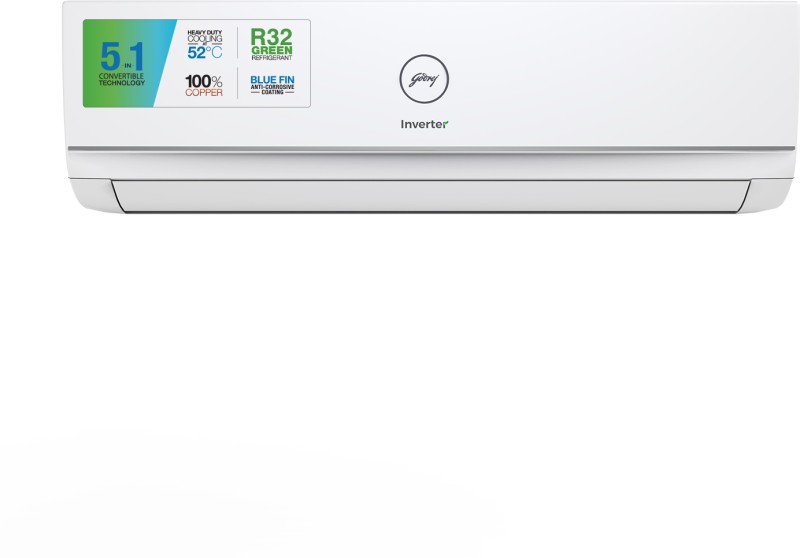
Understanding how to calculate the power consumption of an air conditioner (AC) is crucial for managing energy usage and optimizing efficiency. By following a step-by-step process, you can accurately estimate the power consumption of your AC unit. In this article, we will provide a comprehensive guide on calculating AC power consumption, covering key factors and considerations.
Also Read: What is the Best AC Temperature to Save Money in India?
How to Calculate AC Power Consumption
Step 1: Determine the AC’s Power Rating
Check the AC unit’s specifications or user manual to find the power rating, typically measured in Watts (W) or Kilowatts (kW). The power rating indicates the electrical power the AC consumes when operating at its maximum capacity.
Step 2: Consider the AC’s Efficiency
The energy efficiency of an AC is measured using a rating such as the Energy Efficiency Ratio (EER) or the Indian Seasonal Energy Efficiency Ratio (ISEER). This rating reflects how efficiently the AC converts electrical energy into cooling output. Higher EER or ISEER ratings indicate better energy efficiency.
Step 3: Calculate Power Consumption per Hour
To calculate the AC’s power consumption per hour, use the following formula: Power Consumption per Hour (in kWh) = Power Rating (in kW) × Number of Hours of Operation
For example, if you have a 1.5-ton AC with a power rating of 1.5 kW and it operates for 8 hours: Power Consumption per Hour = 1.5 kW × 8 hours = 12 kWh
Also Read: 1 Ton 5 Star Inverter AC Power Consumption Per Hour
Step 4: Consider AC Load Variation
Keep in mind that the AC’s power consumption may vary depending on the cooling demand. During moderate weather or when the cooling load is low, the AC may operate at a lower capacity, resulting in reduced power consumption. This variation should be considered when estimating overall power consumption.
Step 5: Consider Other Factors
Several other factors can impact AC power consumption, including temperature settings, insulation, usage patterns, and maintenance. Setting the temperature higher, improving insulation, utilizing energy-saving features, and performing regular maintenance can help optimize energy efficiency and reduce power consumption.
- Temperature Settings: Adjusting the temperature settings can affect the AC’s workload and, consequently, power consumption. Higher temperature settings can lead to energy savings.
- Insulation: Proper insulation helps retain cool air and reduces the workload on the AC, potentially lowering power consumption.
- Energy-Saving Features: Utilize energy-saving features, such as timers and sleep modes, to optimize AC usage and minimize unnecessary energy consumption.
- Maintenance: Regular maintenance, including cleaning or replacing air filters, ensures efficient airflow and optimal AC performance, contributing to energy efficiency.
It’s important to note that these calculations provide an estimate of power consumption. The actual power usage may vary based on specific AC models, operating conditions, and other variables. Refer to the manufacturer’s specifications and consult with a qualified professional for more accurate assessments.






